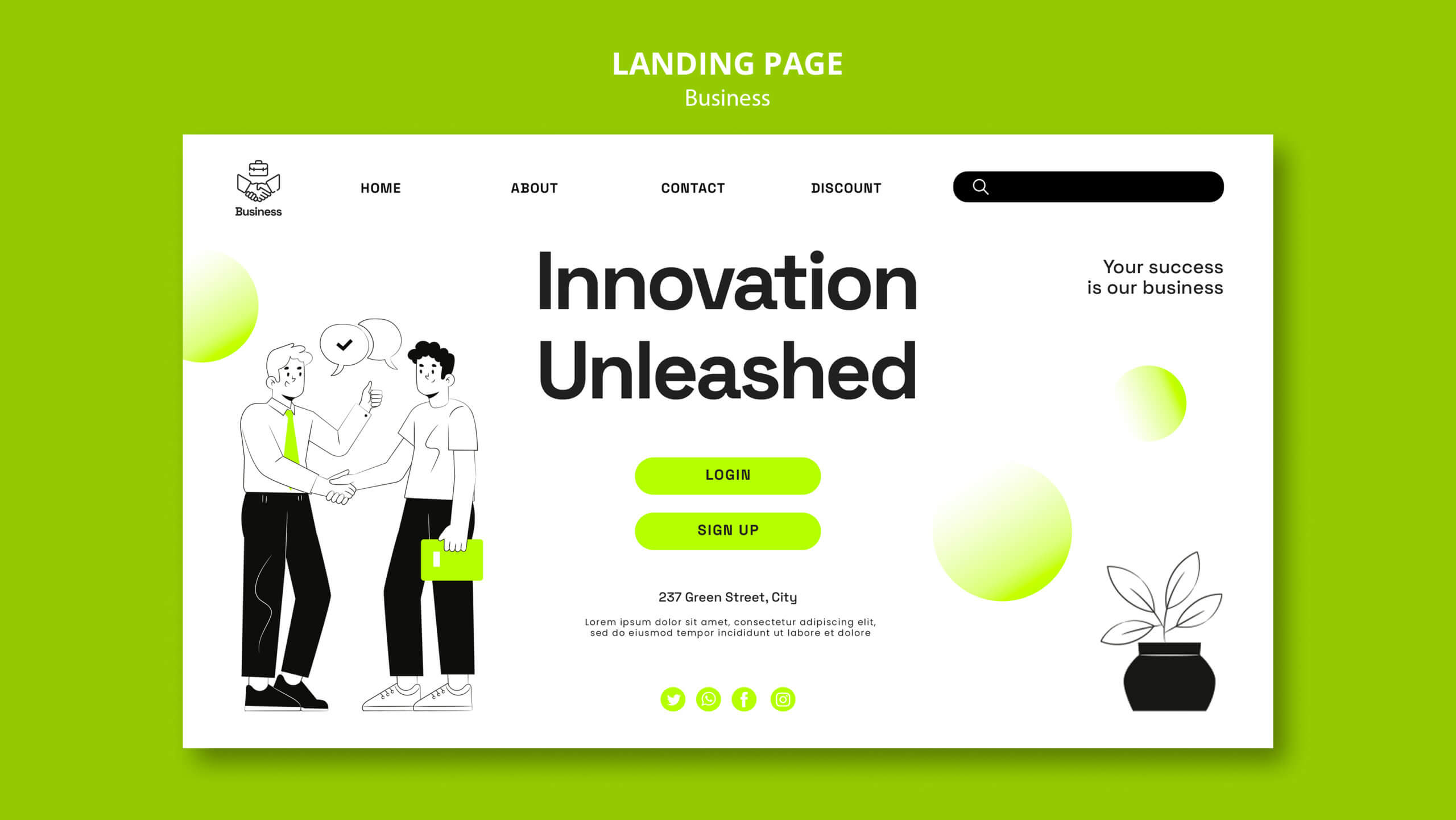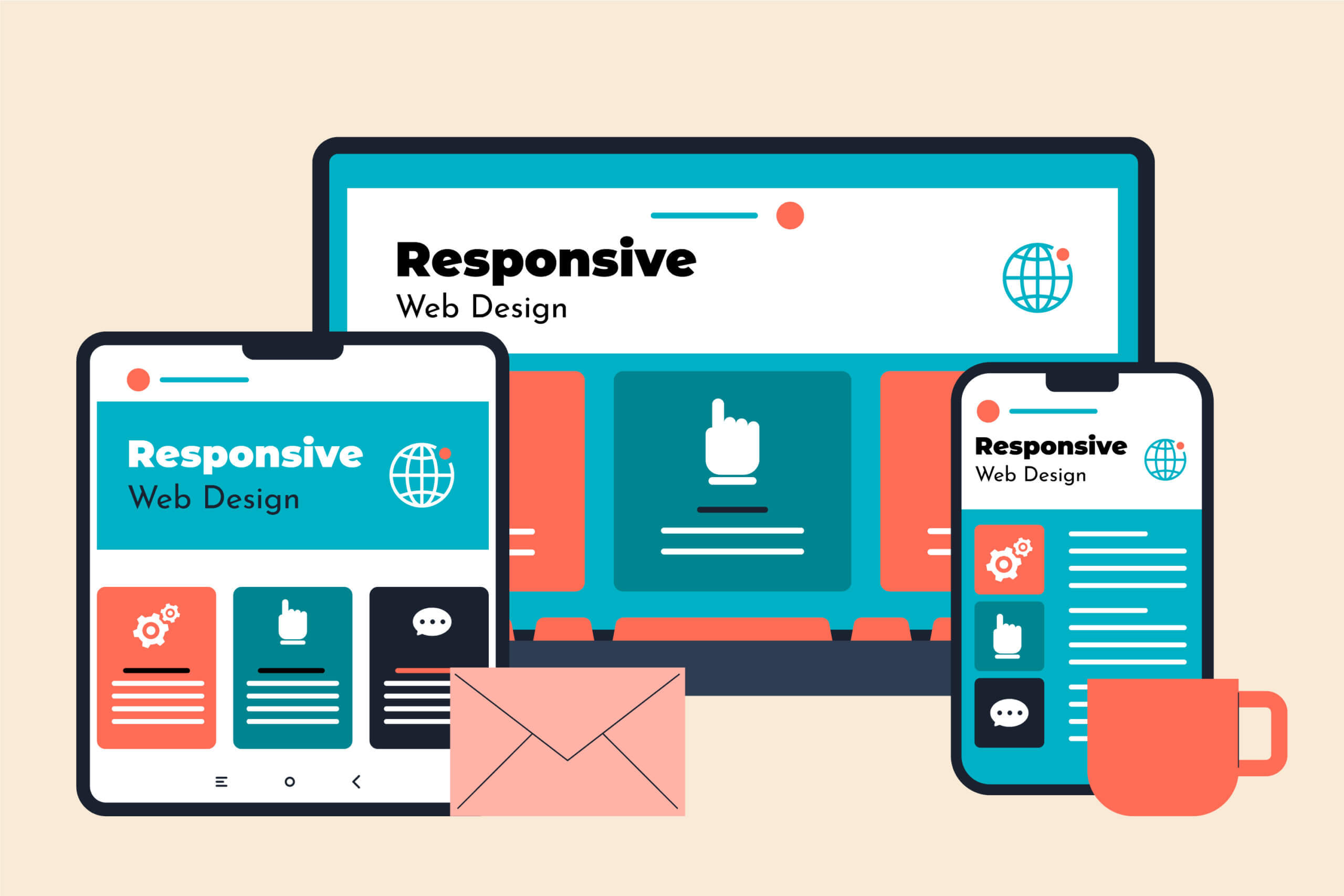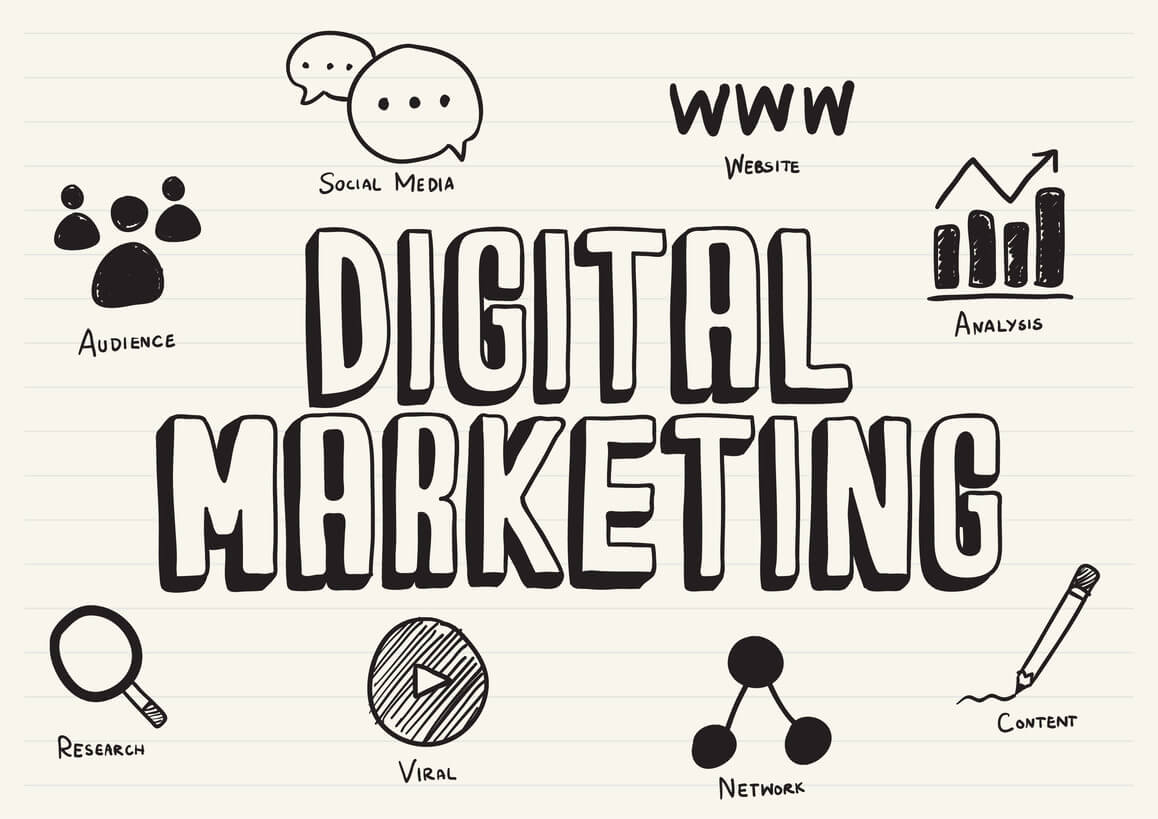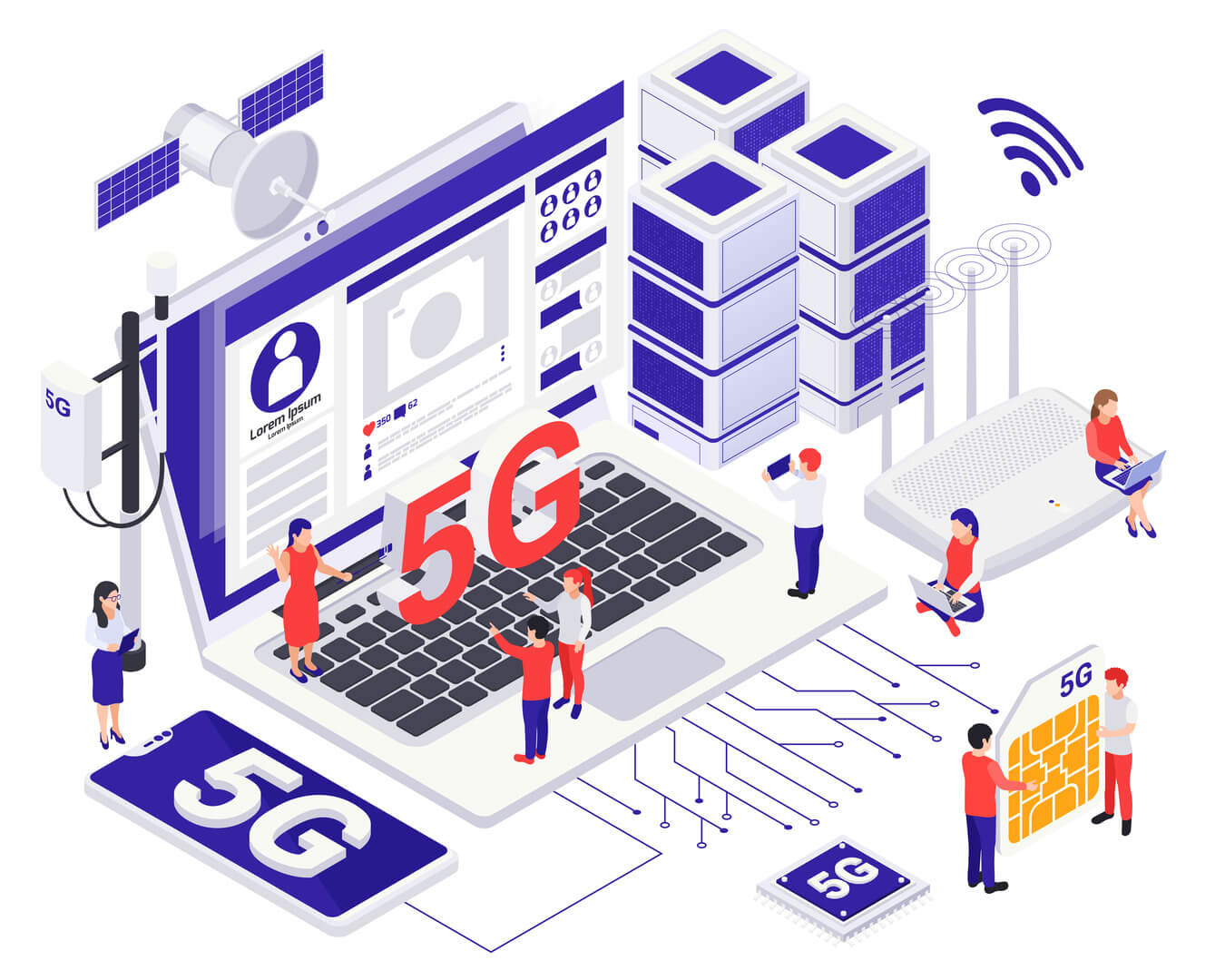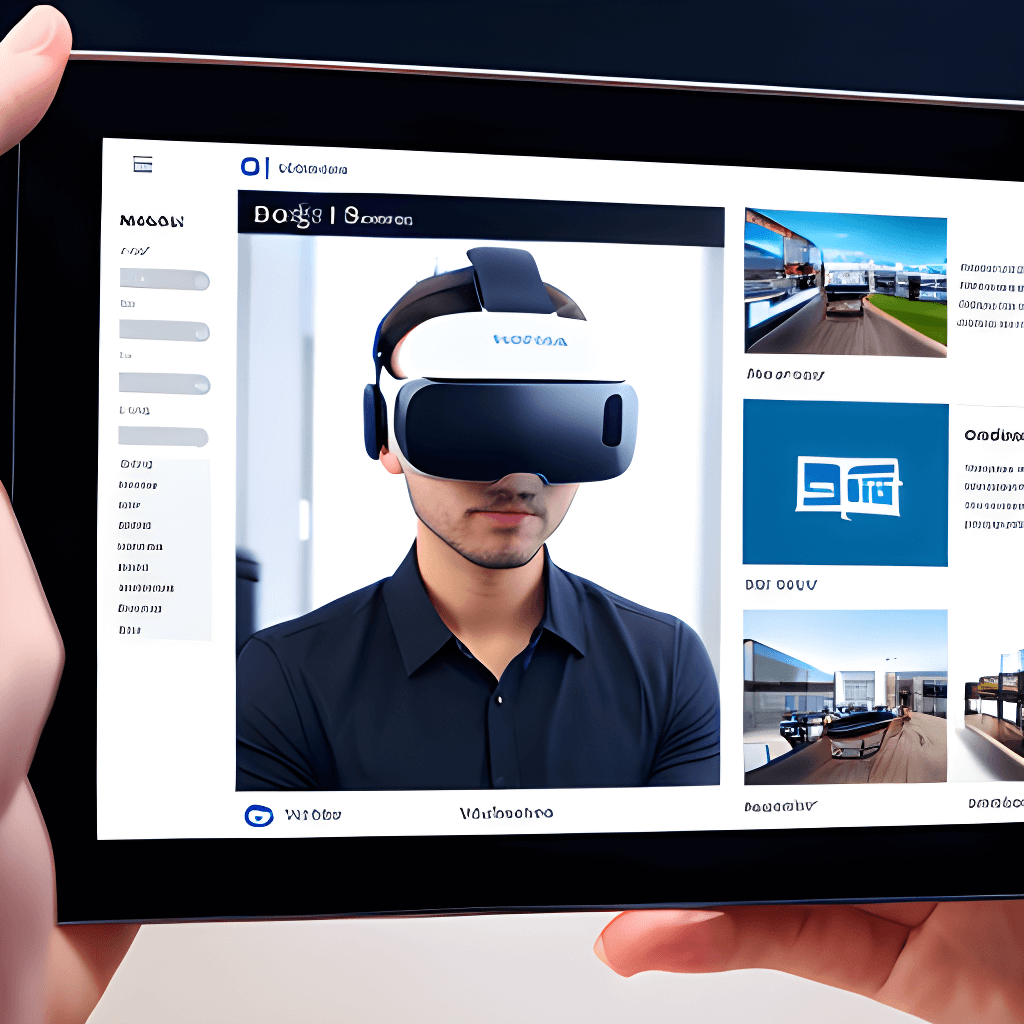
In the ever-evolving realm of digital marketing, staying ahead requires embracing innovative technologies that captivate audiences and drive results. Augmented Reality (AR) and Virtual Reality (VR) have emerged as transformative tools that provide immersive experiences, engaging consumers in ways never before possible. This article explores the world of AR and VR in digital marketing, uncovering the power of immersive experiences and their potential to boost conversions.
The Rise of AR & VR in Digital Marketing
From Fiction to Reality
AR and VR technologies, once confined to science fiction, are now accessible to consumers through smartphones, headsets, and other devices. This transformation has unlocked new opportunities for brands to connect with their audiences.
The Immersive Advantage
AR overlays digital elements onto the real world, while VR immerses users in entirely digital environments. Both technologies offer unparalleled engagement and interactivity.
Creating Immersive Experiences
Augmented Reality (AR)
AR enhances the real world with digital overlays. Brands can use AR to create interactive campaigns, allowing consumers to visualize products in their own environment before making a purchase.
Virtual Reality (VR)
VR transports users to entirely virtual worlds. Brands can leverage VR to create immersive brand experiences, from virtual showrooms to interactive simulations.
360-Degree Content
360-degree videos and images provide a taste of VR experiences without requiring a headset. These visuals offer interactive exploration, enhancing engagement across platforms.
Boosting Conversions Through Immersion
Enhancing Product Visualization
AR and VR allow consumers to interact with products before making a purchase. This visualization reduces uncertainty and enhances the shopping experience, leading to increased conversions.
Personalized Experiences
By tailoring AR and VR experiences to individual preferences, brands can provide personalized interactions that resonate with consumers, driving them towards conversion.
Reducing Buyer’s Remorse
AR and VR experiences enable consumers to experience products in-depth, reducing the likelihood of buyer’s remorse and returns. This instills confidence in purchasing decisions.
Applications Across Industries
Retail and E-Commerce
AR and VR are transforming the way consumers shop online. Virtual try-ons, AR-enabled showrooms, and immersive product demos are reshaping the retail landscape.
Real Estate and Travel
VR allows users to virtually explore properties or travel destinations. This technology is particularly valuable for industries where physical presence is challenging.
Entertainment and Events
AR and VR create interactive entertainment experiences. From virtual concerts to immersive event previews, these technologies engage audiences in new and exciting ways.
Overcoming Challenges and Future Potential
Technology Accessibility
While AR is more accessible through smartphones, VR often requires specialized headsets. As technology evolves, greater accessibility is expected.
Content Quality
Creating high-quality AR and VR content is crucial for delivering immersive experiences. Brands must invest in content creation to ensure engagement and impact.
Integration and Adoption
To fully leverage AR and VR, brands must integrate these technologies seamlessly into their marketing strategies. Adoption requires an understanding of user preferences and behavior.
Embracing AR & VR for Marketing Success
Understanding Audience Preferences
Different audiences have varying levels of familiarity with AR and VR. Brands should assess their target demographics to determine the best approach.
Creating Compelling Experiences
Focus on creating experiences that align with your brand’s identity and resonate with your audience. The more immersive and engaging the experience, the higher the impact.
Measurement and Optimization
Utilize analytics to measure user interactions and engagement within AR and VR experiences. This data can inform optimizations for future campaigns.
Conclusion
AR and VR are no longer futuristic concepts; they are driving transformative change in digital marketing. These immersive technologies provide brands with the means to create engaging experiences that capture attention, evoke emotions, and ultimately drive conversions. As AR and VR continue to evolve, brands that embrace their potential and integrate them strategically into their marketing efforts will not only differentiate themselves but also offer their audiences a new dimension of engagement that leaves a lasting impact.







